Every top player does this. A guide on how to rank up and improve your Elo.

How to get better at the game and stop stagnating? Many players who devote a lot of time to CS ask themselves this question when they don’t see tangible results. Even if your goal isn’t to become a professional player, spending a lot of time on something without seeing progress can be quite depressing. Especially when the things that can instantly improve your results take about as long as a single match. At first glance, they may seem useless, but believe me, if you find an extra hour before each game, the results will pleasantly surprise you.
Finding Your Position on the Map and Watching Pro Player Demos.
Each of you has a well-learned path that you can navigate “with your eyes closed.” For example, the route from school or work to home is familiar to you, and you confidently move along it without fear of getting lost. When you find yourself in a place you visit less often, you have to make extra efforts to orient yourself in space.
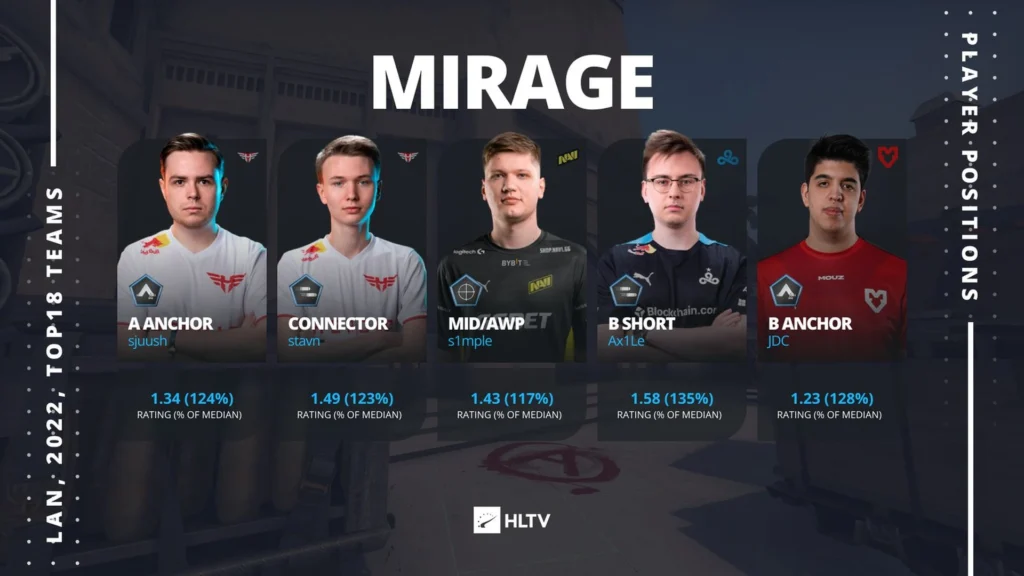
CS works roughly the same way. By playing on the same position, you know all the angles, advantageous corners, shots, grenades, enemy positions, and so on. The more often you play in a specific spot, the more confident you become in your actions and learn various tricks. Once you’ve identified your position on the map, it becomes easier to develop several effective patterns and use them during the round. What grenades to buy and in what order to use them, timings, executing close respawns, combinations with teammates — all of this can be learned and applied in practice. Even pro players can’t know all the nuances, so they play in specific spots. You also need to identify spots on the maps and start gaining additional knowledge about playing in these areas. This is especially true for playing defense because with proper grenade management, you can hold a point almost single-handedly.
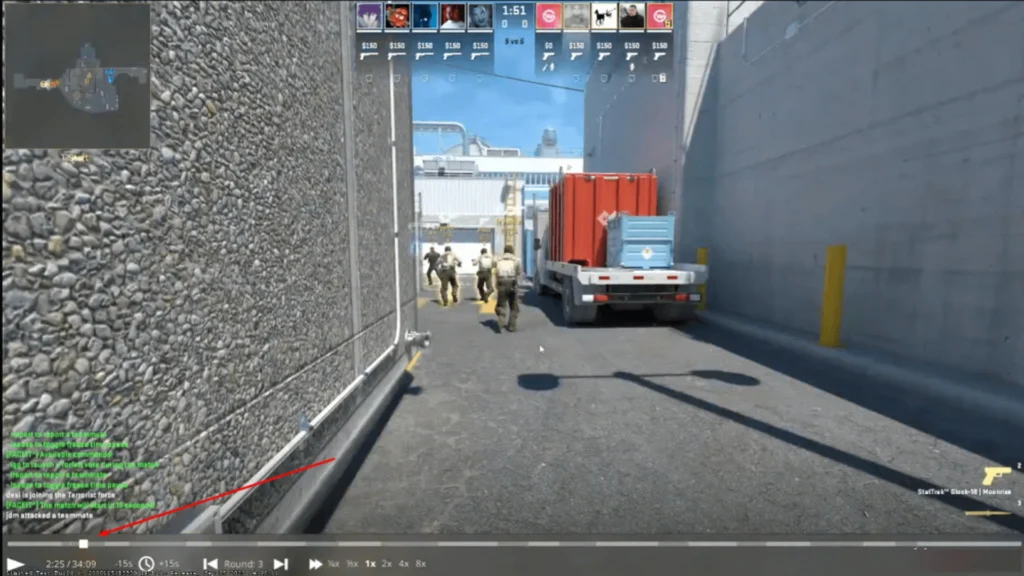
After determining your position, the question arises: where to find all the necessary information. Here, you need to turn to pro player demos. You can download them from official matches, but since official games are heavily focused on team interactions, it’s better to find recordings of their games on Faceit. Information about player positions is freely available, so it’s easy to choose 2-3 professionals. We recommend paying attention to the following main points related to individual actions:
- Which positions they take.
- At what angle they engage in duels.
- What they buy on eco rounds.
- Which grenades they throw.
- Tricks that help gain an advantage (for example, quickly taking a point or playing to gather information using jumps over a wall, etc.).
Warm-up Before Each Game, Adjusting Necessary Bindings.
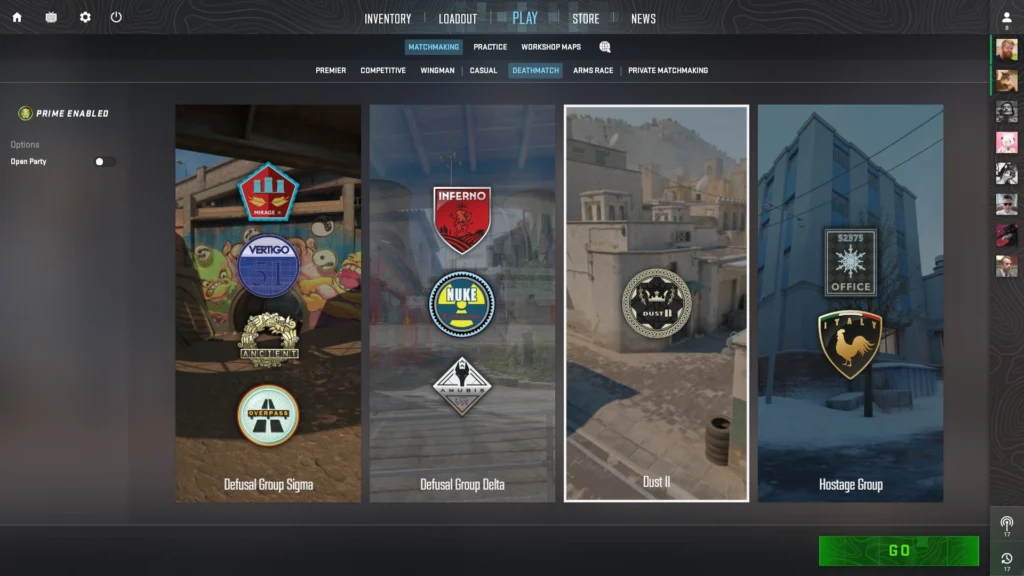
How often have you heard the phrase “first one is a warm-up”? Yes, often it’s used to justify a loss, but just as often, the absence of warm-up results in uncertainty in one’s abilities. Many professional players claim that 15-20 minutes is enough to warm up well and enter the server more prepared. Warm-up can be anything, but the main thing is that you should feel the mouse sensitivity to aim more quickly. This can be done on Deathmatch maps, shooting at bots or targets on various training maps from the workshop, or even playing reaction-based games (for example, OSU!).
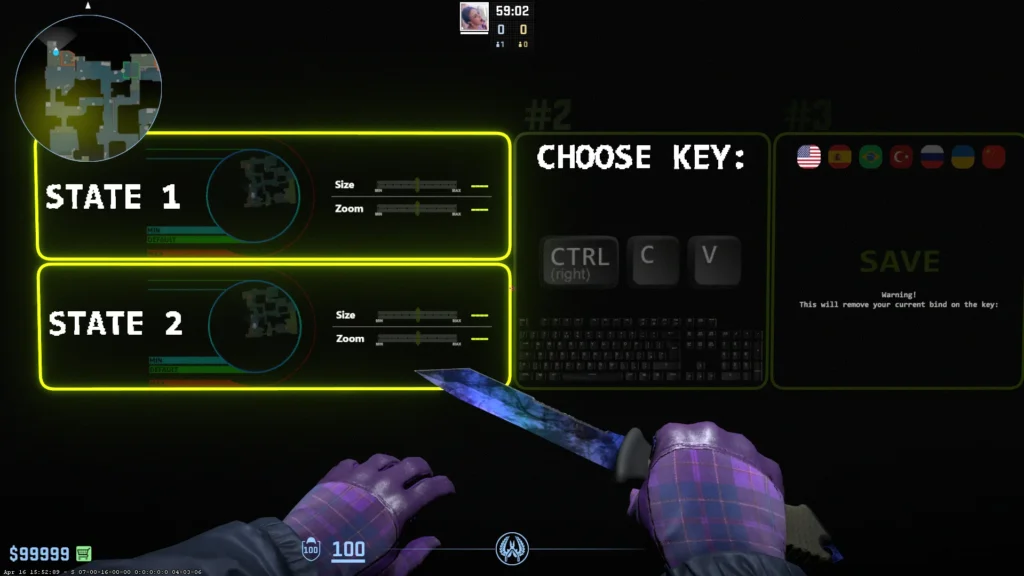
The config also plays a significant role in improving the quality of the game. Foremost, familiarize yourself with the concept of “launch parameters.” There are some universal parameters, but in any case, everything is quite individual. It’s better to test it yourself to determine the most optimal option for comfortable play. Bindings are also an essential part of any config. With their help, you can improve and speed up certain aspects of the gameplay. Saved precious seconds or successful execution of an action often affect the outcome of the round. Many of them will require getting used to, but everyone adapts quite quickly, and after that, they can’t imagine their game without their own bindings:
- Get the necessary grenade (each grenade on a separate key).
- Jumpthrow (simultaneous jump and grenade throw).
- Jump with the ctrl key held down, also replaced with one button, helping to climb most textures smoothly.
- Zoom in the radar. Keeping an eye on the radar is a very important thing, especially if you’re playing with less experienced players who may not notice something or fail to provide the necessary information.
- Turn off the sound of all players with one button (useful during clutches).
Finding Players to Play With.
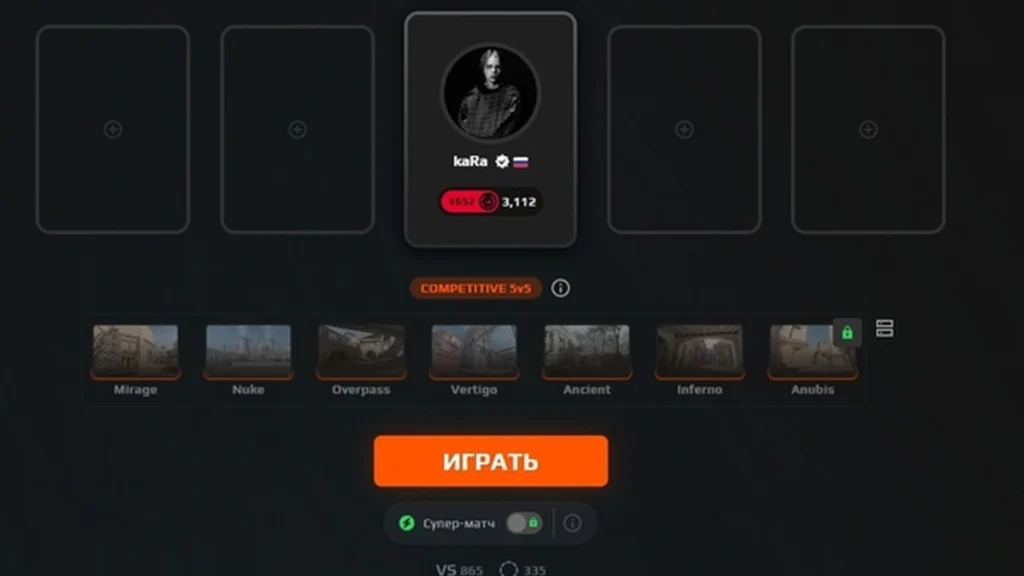
Very often, defeats are attributed to poor team selection. Sometimes this really happens, so it’s advisable not to play solo in ranked games. If you don’t have acquaintances who play CS, try to add good players to your friends list after matches. Form a permanent friend list and invite them to parties, switch to TeamSpeak or Discord, and establish communication.
Also, don’t avoid playing at a higher rank, and moreover, look for opportunities to play with skilled players. When searching for matches on Faceit or Premier mode, there are always open lobbies looking for missing players to play in a full team.
What should your training look like before starting ranked matches?
- 20-25 minutes of watching demos (you can even watch several using the rewind and player speed-up features).
- Warm-up on maps from the workshop for 10-15 minutes (Aim botz, Yprac, Refrag).
- 10-15 minutes of Deathmatch server play.
- Watch useful smokes before entering the map for 5-10 minutes, for example, on CSNades.
After systematically performing these actions, you will not only guarantee increase your skill but also your rank. Firstly, you’ll start to enjoy the game because you’ll know what to do rather than just joining the game to “shoot.” Bindings, smokes, working lineups, and other aspects will diversify and simplify your game. You’ll have a desire to develop, which will inevitably pay off and be rewarded in the long run.